

A microscope is an optical instrument used to observe objects that are too small to be seen with the naked eye. It magnifies the image of the object and allows for detailed examination of its structure and features.
There are several types of microscopes, including light microscopes, electron microscopes, and scanning probe microscopes. Light microscopes use visible light and lenses to magnify the image, while electron microscopes use a beam of electrons to create an image with much higher magnification and resolution.
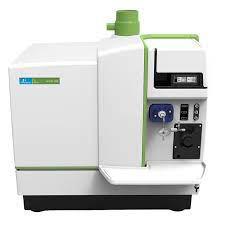
Inductively coupled plasma mass spectrometry (ICP-MS) is an analytical technique used to determine the elemental composition of a sample. The ICP-MS i.....
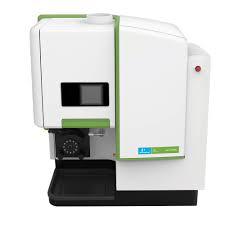
Inductively coupled plasma optical emission spectroscopy (ICP-OES) is an analytical technique used to determine the elemental composition of a sample......
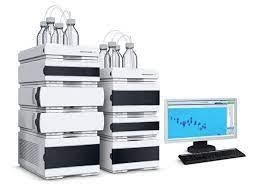
High-performance liquid chromatography (HPLC) is an analytical technique used to separate, identify, and quantify components in a mixture. The HPLC in.....
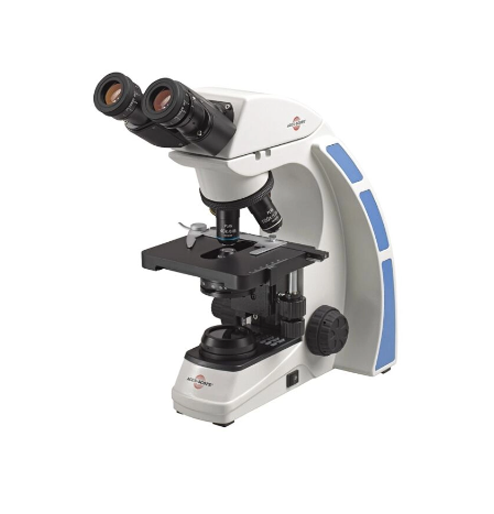
A microscope is an optical instrument used to observe objects that are too small to be seen with the naked eye. It magnifies the image of the object a.....
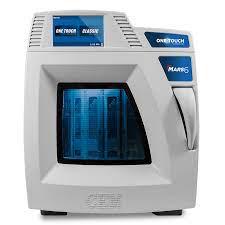
A microwave digestion system is a laboratory instrument used for the digestion of samples, particularly those containing organic.....
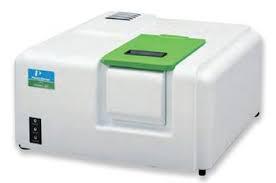
UV-Visible Spectroscopy (UV-Vis) is a widely used analytical technique that utilizes the absorption of light in the ultraviolet and visible regions of.....
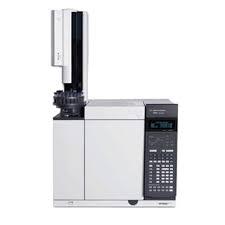
Gas chromatography (GC) is an analytical technique used to separate and analyze the components of a mixture. GC is widely used in the pharmaceutical, .....
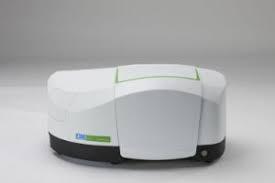
Fourier-transform infrared (FTIR) spectroscopy is an analytical technique used to determine the chemical composition of a sample by measuring the abso.....
Signup for our weekly newsletter to get the latest products, updates and deliverd directly in your inbox.